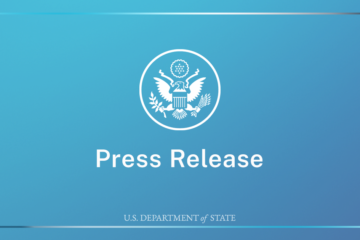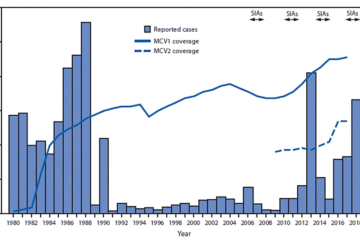Pakistan: Disruptions due to flooding are ongoing across many parts of the country as of Aug. 28 /update 1 – Crisis24

PAK 5 NEWS
Pakistan: Disruptions due to flooding are ongoing across many parts of the country as of Aug. 28 /update 1 Crisis24Read More
Event
Heavy rainfall associated with the current monsoon season continues to cause flooding, landslides, and associated disruptions across many parts of Pakistan as of Aug. 28. Approximately 1,033 people have been killed in related events; of this number, 119 were killed over the past 24-36 hours. Flooding has also damaged over 450,000 residential structures and destroyed a further 218,000. Multiple roads and bridges have also been damaged or destroyed. The worst-affected locations are located in Sindh, Khyber Pakhtunkhwa, Punjab, and Balochistan. Within these locations, officials have declared 66 districts as calamity hit. Prime Minister Shehbaz Sharif has indicated that approximately 15 percent of the country’s population, or 33 million people, have been affected by the flooding.
Officials have warned of further adverse conditions. Very high and above level flooding is likely along portions of the River Kabul in Nowshera through at least Aug. 28. River Indus at Kalabagh and Chasma is likely to achieve a high to very high flood level at some point through Aug. 29. Officials have indicated that no significant rainfall is expected through at least Sept. 3 but that, in addition to the aforementioned river flood levels, River Indus at Taunsa, Guddu, and Sukkur may attain high flood level through early September. Flood situations are not forecast for Rivers Jhelum, Chenab, Ravi, and Sutlej. Above normal precipitation is likely across the country through at least September.
Hazardous ConditionsFurther sustained heavy rainfall could trigger flooding in low-lying communities near rivers, streams, and creeks. Urban flooding is also possible in developed areas with easily overwhelmed stormwater drainage systems. Sites located downstream from large reservoirs or rivers may be subject to flash flooding after relatively short periods of intense rainfall. Landslides are possible in hilly or mountainous areas, especially where the soil has become saturated by heavy rainfall.
Authorities could issue further mandatory evacuation orders for flood-prone communities over the coming days. Disruptions to electricity and telecommunications services are likely where significant flooding or landslides impact utility networks.
TransportFloodwaters and debris flows may render some bridges, rail networks, or roadways impassable, impacting overland travel in and around affected areas. Ponding on road surfaces could cause hazardous driving conditions on regional highways. Authorities could temporarily close some low-lying routes that become inundated by floodwaters.
Severe weather could also trigger flight delays and cancellations at airports across Pakistan. Authorities may temporarily suspend port operations or close beach fronts along the Arabian Sea coast if strong winds trigger hazardous sea conditions. Flooding could block regional rail lines; freight and passenger train delays and cancellations are likely in areas that see heavy rainfall and potential track inundation.
Localized business disruptions may occur in low-lying areas; some businesses might not operate at full capacity because of flood damage to facilities, possible evacuations, and some employees’ inability to reach work sites.
HealthFlooding could heighten the threat of disease outbreaks. Backflow from drains mixed with floodwaters can become trapped in open areas when inundations recede. These stagnant pools often become a breeding ground for mosquitoes and bacteria, increasing the incidence of insect- and water-borne diseases. Exposure to contaminated water from inundated industrial sites, sewer systems, and septic tanks also poses a significant health threat.
Advice
Monitor local media for weather updates and related advisories. Confirm all transport reservations and business appointments before travel. Make allowances for localized travel delays and potential supply chain disruptions where flooding has been forecast. Do not drive on flooded roads. Charge battery-powered devices in the case of prolonged electricity outages. Avoid stagnant bodies of water.
Resources
Pakistan Meteorological DepartmentNational Disaster Management Authority












